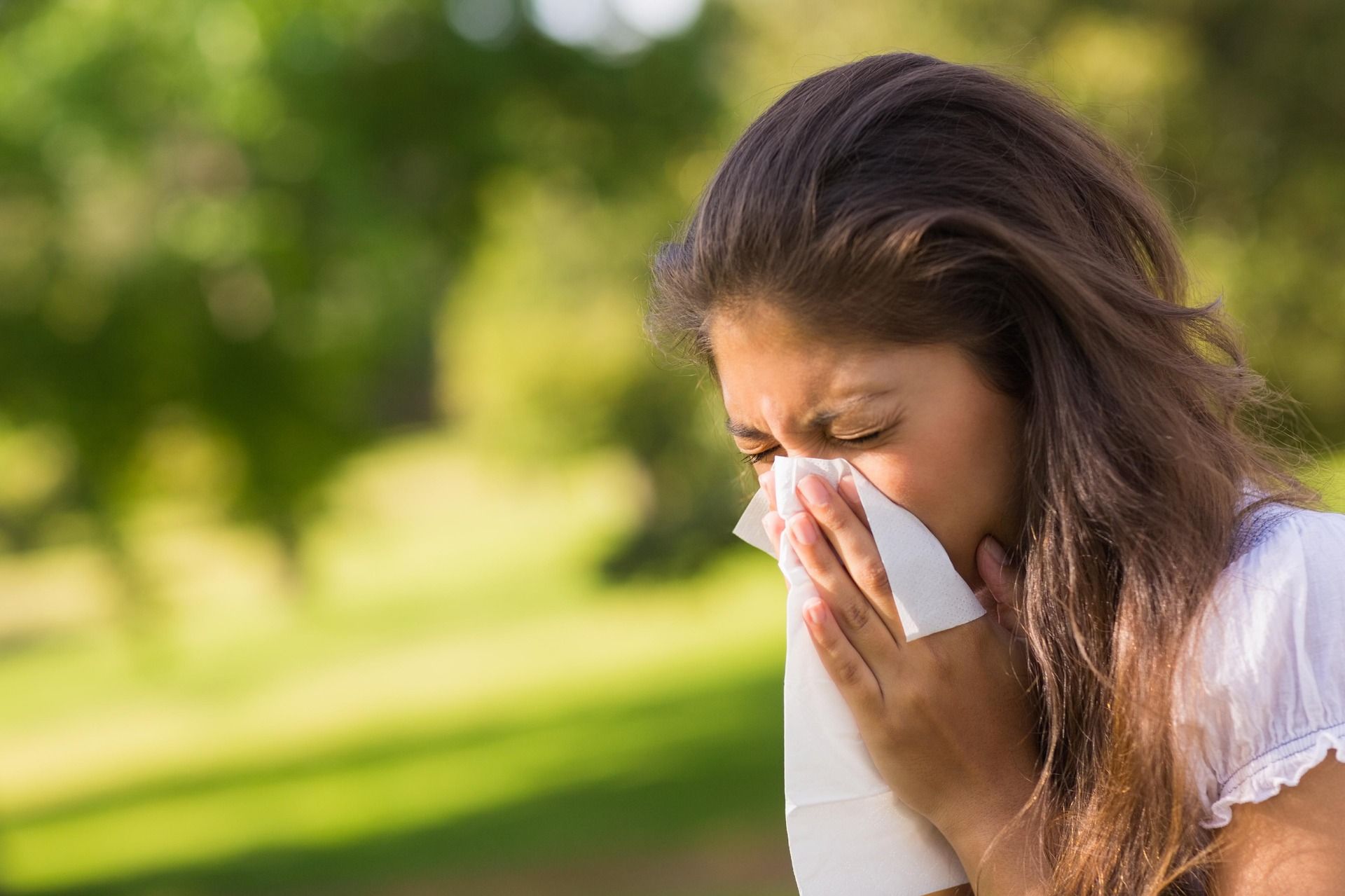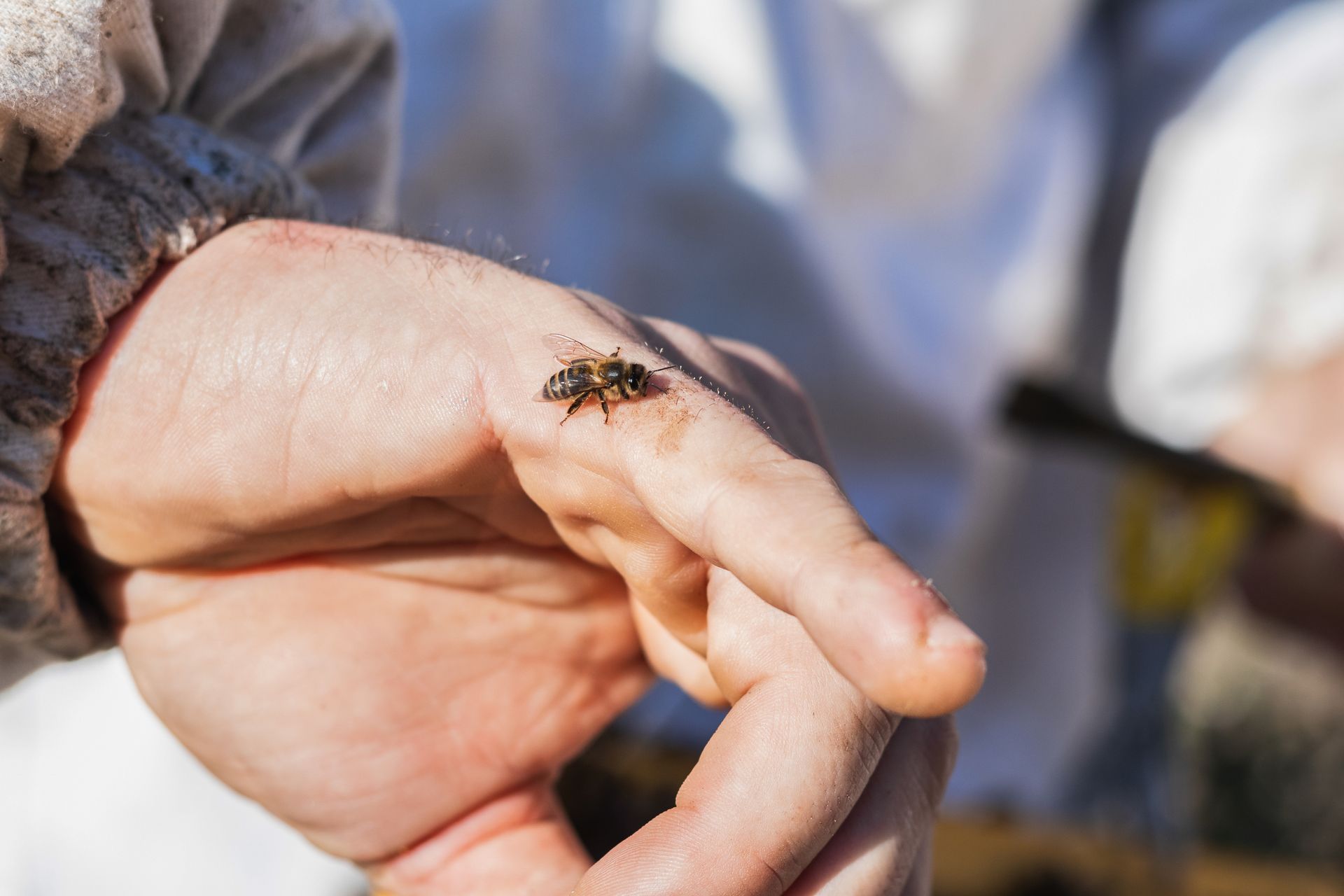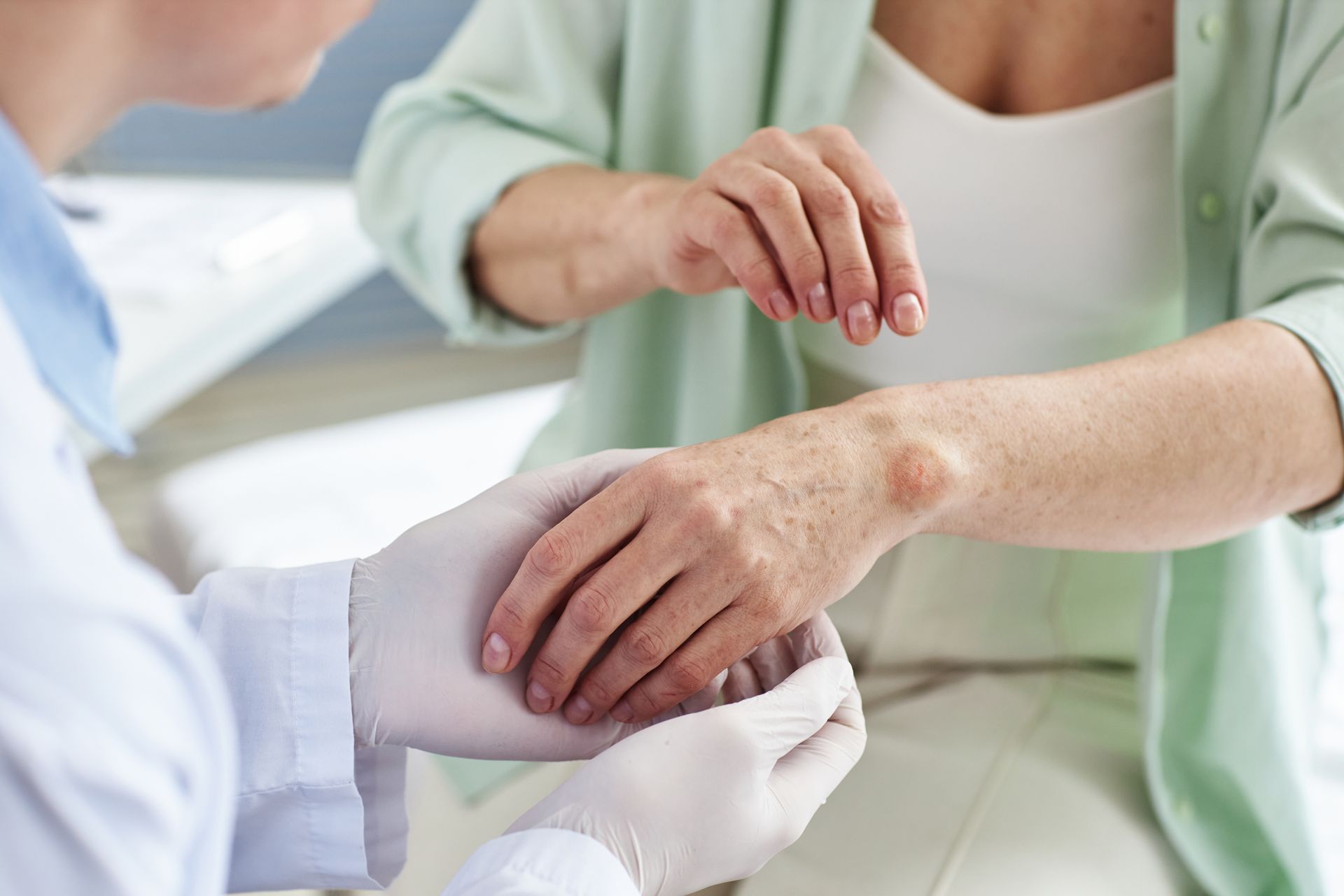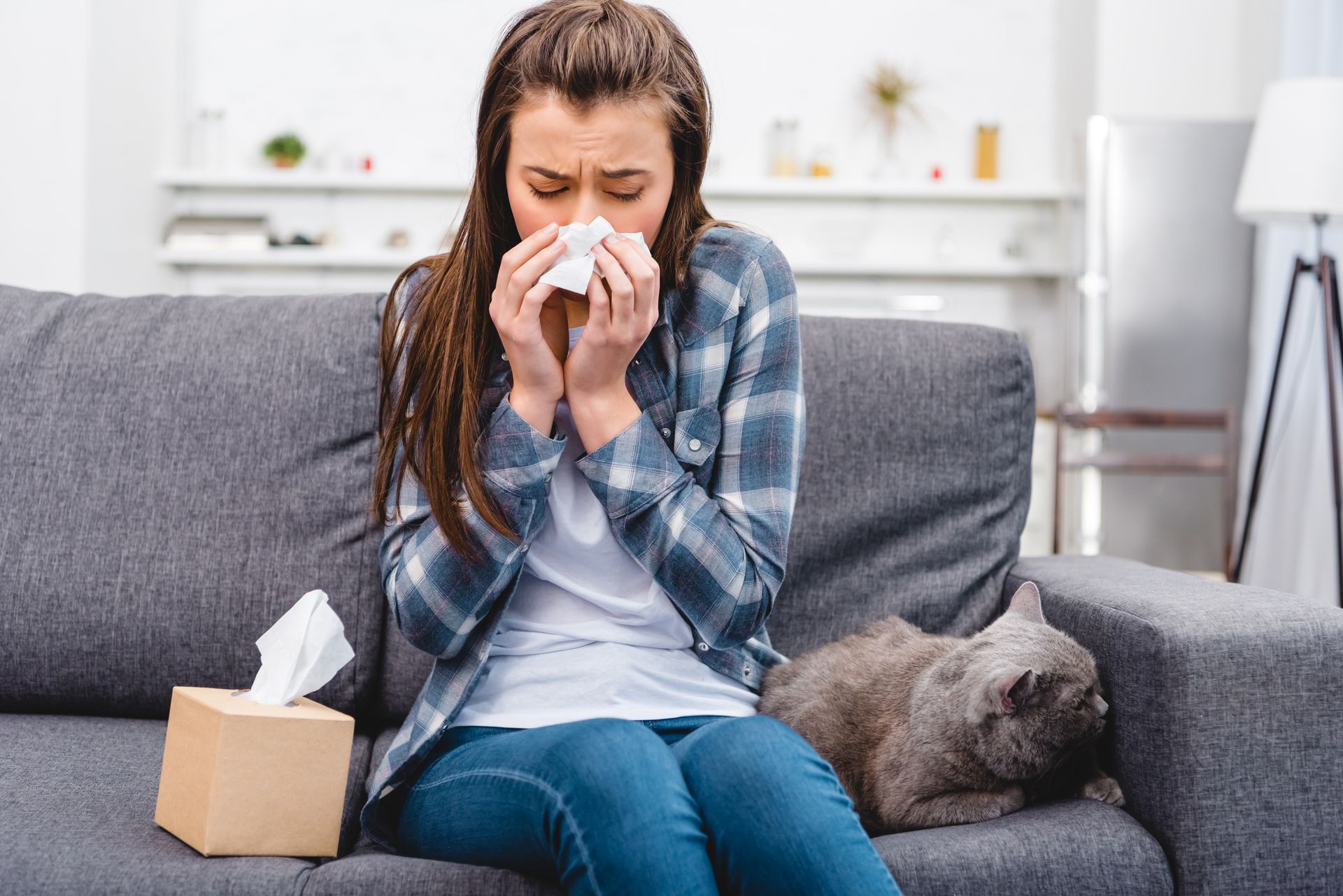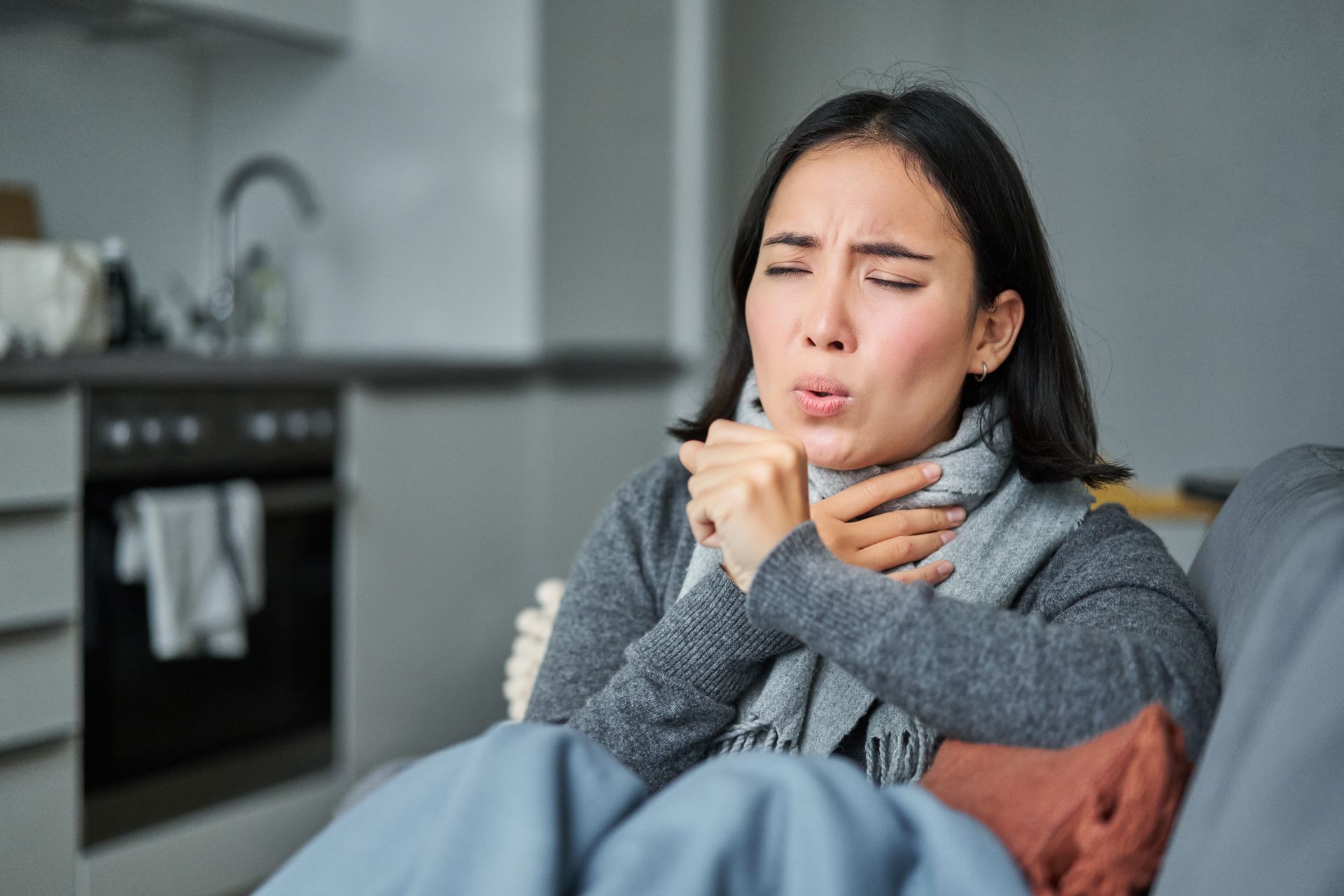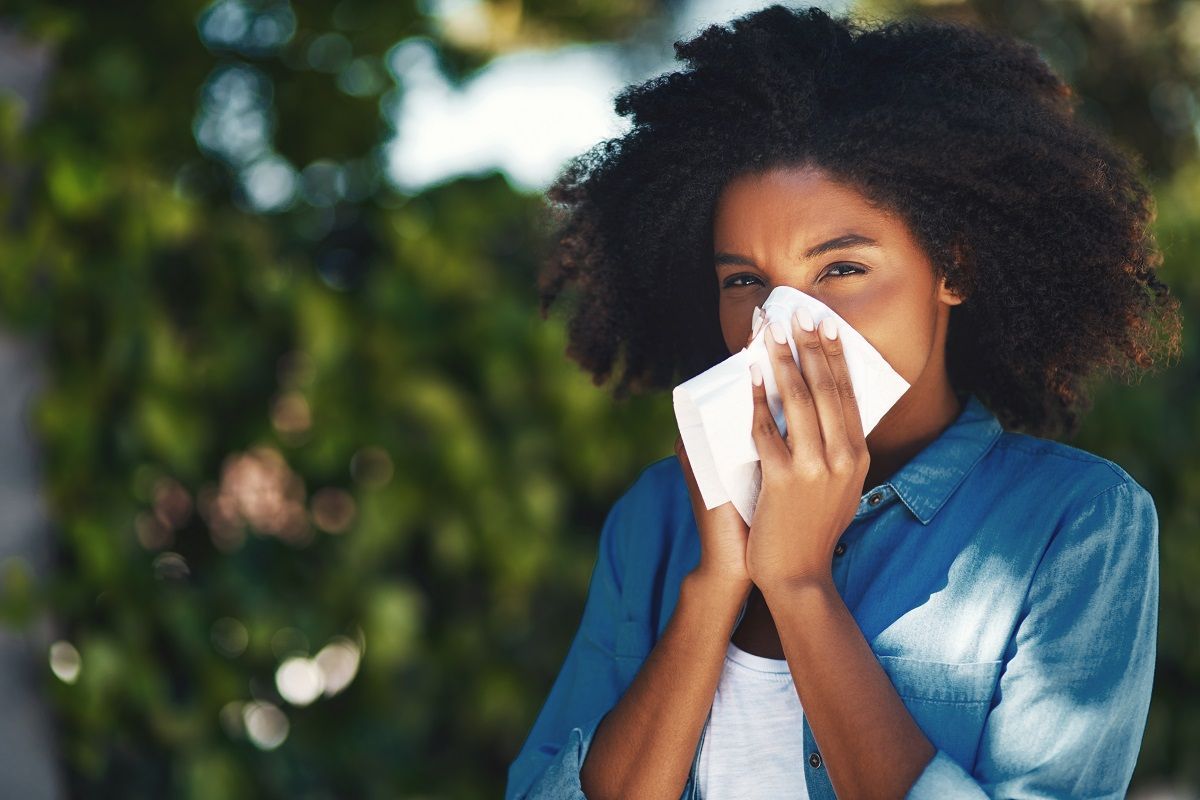
Do you experience itchy and red skin after using a skincare product or detergent? If yes, read on to learn what’s causing it, and how to solve it. Contact Dermatitis (CD) refers to the red and itchy skin reaction caused by contact with an allergen. The rashes aren’t usually a cause for serious concern, but they can become unbearable.
The Two Common Types of Contact Dermatitis
Allergic Contact Dermatitis
Skin reactions to foreign substances or allergens result in allergic contact dermatitis. As a result, the body releases inflammatory chemicals that cause itchiness and irritation. The common substances that cause it are jewelry made from nickel or gold, latex gloves, perfumes, or chemicals in cosmetics. Poison ivy is also one of them.
Some common symptoms are:
- Skin that is dry, scaly, and flaky
- Darkened or leathery-looking skin
- Skin that burns
- Severe itching
- Heat sensitivity
- Swelling in the eyes, face, or groin areas
- Skin with blisters or redness
Irritant Contact Dermatitis
Irritant contact dermatitis tends to be more common. It occurs when the skin comes into contact with toxic substances—for example, bleach, detergents, pepper spray, and battery acid.
Its symptoms are as follows:
- Skin dryness that causes cracks
- Swelling
- Blistering
- Stiff or tight skin
- Skin dryness that causes cracks
- Skin ulcers
What Causes Contact Dermatitis?
In allergic contact dermatitis, the allergens directly contact the skin through household products or personal care products. Allergens can either be airborne or ingested. However, a skin reaction may result from contact with an individual (a partner or close contact) that uses a chemical their child or spouse is allergic to, such as fragrance or hair dye.
Irritant contact dermatitis happens when an irritating substance comes into contact on the skin. The irritants damage the skin barrier, resulting in red itchy skin rashes.
How to Diagnose Contact Dermatitis?
Consult an allergy specialist or dermatologist to determine the root cause of your contact dermatitis. To diagnose it, they will ask you about the trigger, symptoms you experience and examine your skin to determine the pattern and intensity of the rash. The specialist will conduct an allergy test called a patch test.
Patch tests involve applying a small number of allergens to adhesive patches later placed on your skin. Keep your back dry for two to three days after applying the patches. After that, your doctor checks for any skin reactions and decides whether further testing is necessary.
Home Remedies for Contact Dermatitis
- You need to take oral anti-itch medication. If your itching is severe, diphenhydramine (Benadryl) or an oral corticosteroid might help.
- Avoid scratching the rash. Although the inflammation can be itchy, scratching tends to make it worse. Scratching can also cause an infection.
- Use cool compresses, anti-itch medication, or oatmeal baths to relieve itching. Wet the towel with cold water and apply it to the area for 10-15 minutes a few times a day. You can also use an anti-itch medication containing 1% hydrocortisone to your rash. In addition, you can apply calamine lotion to itchy skin and take an oatmeal bath. You can avail these without a prescription.
- Wash your new clothes before wearing them. It removes chemical residues and dyes that might cause a reaction.
- After washing, rinse and dry your hands well and gently. Choose gloves that can defend you from a substance that you're allergic to, too. For instance, you can wear plastic gloves lined with cotton if your hands are often wet.
- Use a fragrance-free moisturizer after washing. By doing so, your skin can retain moisture. First, test this product before you apply it. Next, you look for a product that won't irritate your skin. Then, apply a moisturizer or barrier repair cream while your skin is still damp after washing. Use barrier repair cream throughout the day whenever your skin feels dry.
- Avoid excessive handwashing if you have hand dermatitis. Use non-irritating moisturizers. Also, choose mild soaps, lotions, and detergents without dyes and perfumes.
Treatments
Home remedies may not alleviate your symptoms, so your doctor may prescribe medications. Below are contact dermatitis treatments:
- Use steroid creams or ointments. Topical creams or lotions soothe the rash caused by contact dermatitis. Apply a topical steroid one or two times a day for two to four weeks.
- Take oral medications. When you have severe inflammation, your doctor may prescribe oral corticosteroids. Antihistamines can relieve itching, while antibiotics can help fight bacterial infections.
- Additionally, your doctor may prescribe tacrolimus ointment (Protopic) or pimecrolimus cream (Elidel). It treats eczema symptoms such as redness, scaling, and itching. Corticosteroids are also compatible with these medications.
Alleviate your Contact Dermatitis
Having contact dermatitis is too troublesome to handle. Rashes along with it make it difficult to function in your job or to enjoy life. If you have an allergic reaction or rash that blisters or recurs, see an allergy specialist right away.
Worry no more! You can get the right treatment with Dr. Sabharwal at Allergy Affiliates Inc. She specializes in the diagnosis and treatment of pediatric and adult allergies. Moreover, she provides individualized treatment plans to ease allergy symptoms. Get in touch with Allergy Affiliates and schedule a consultation today.

